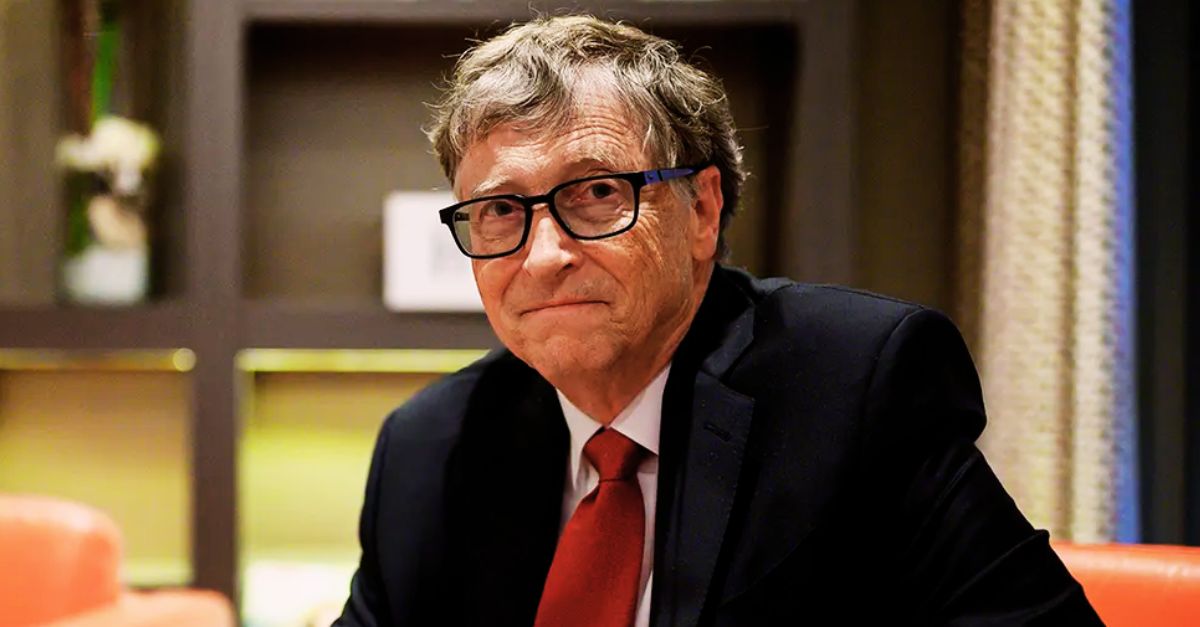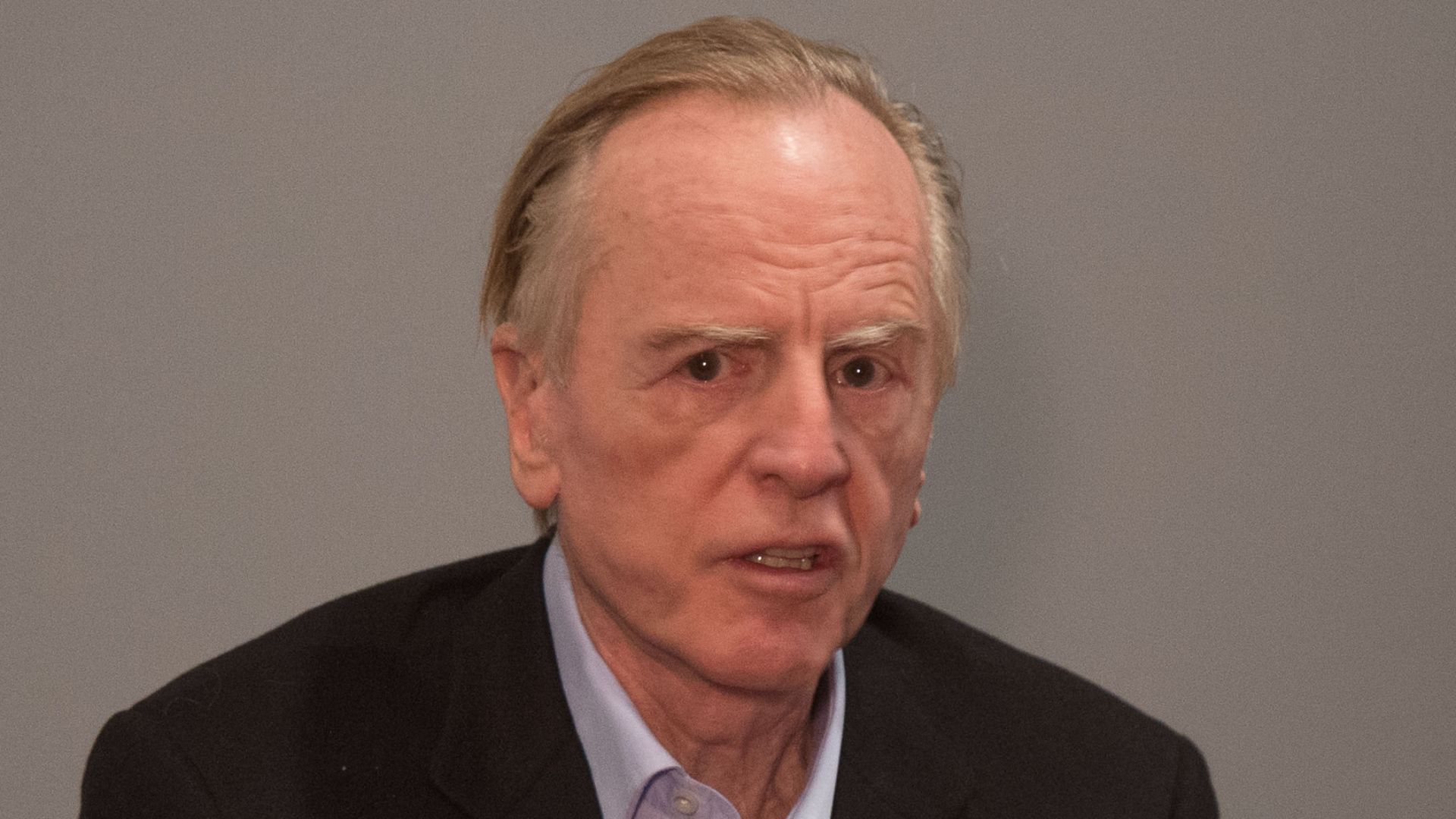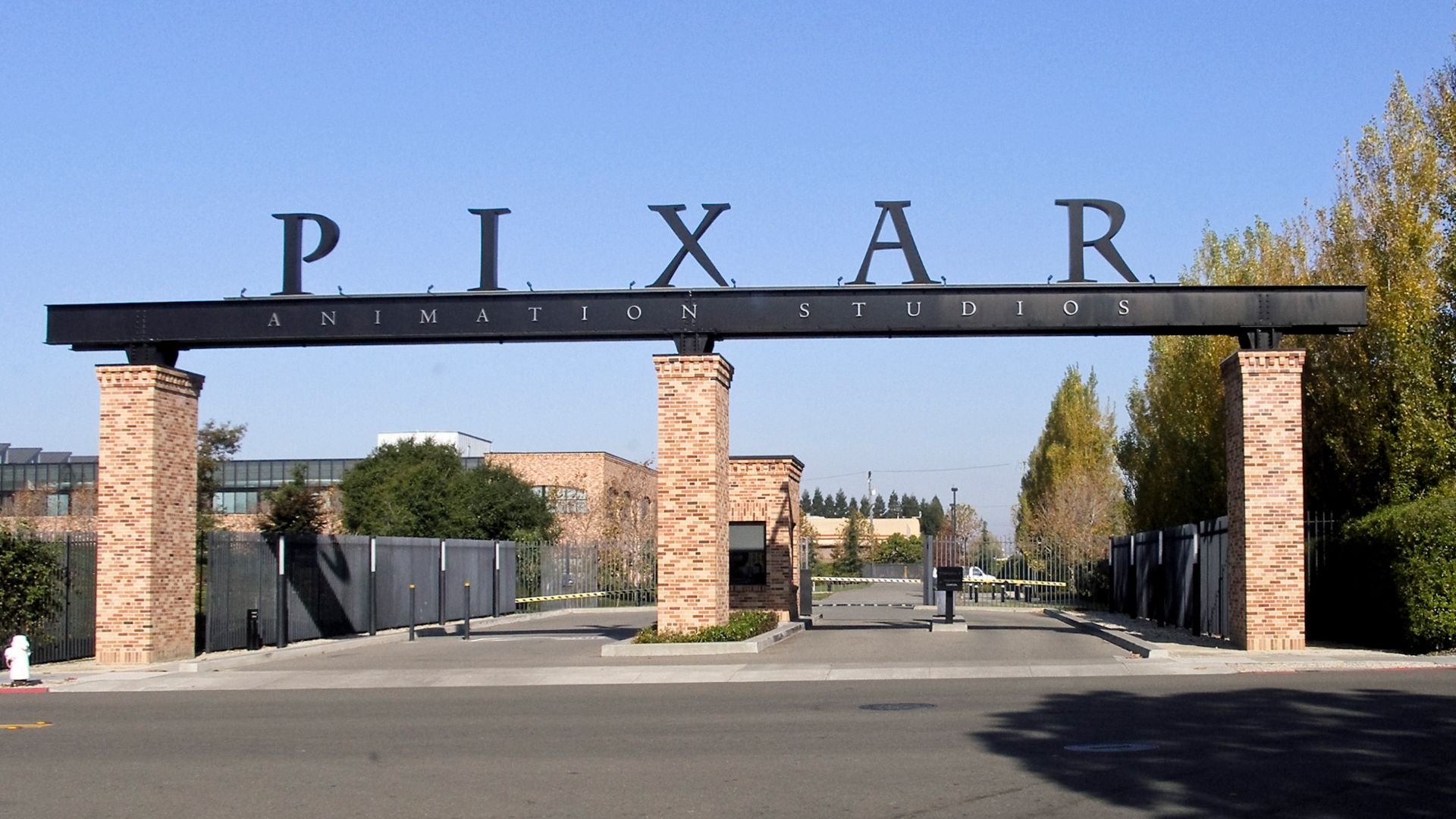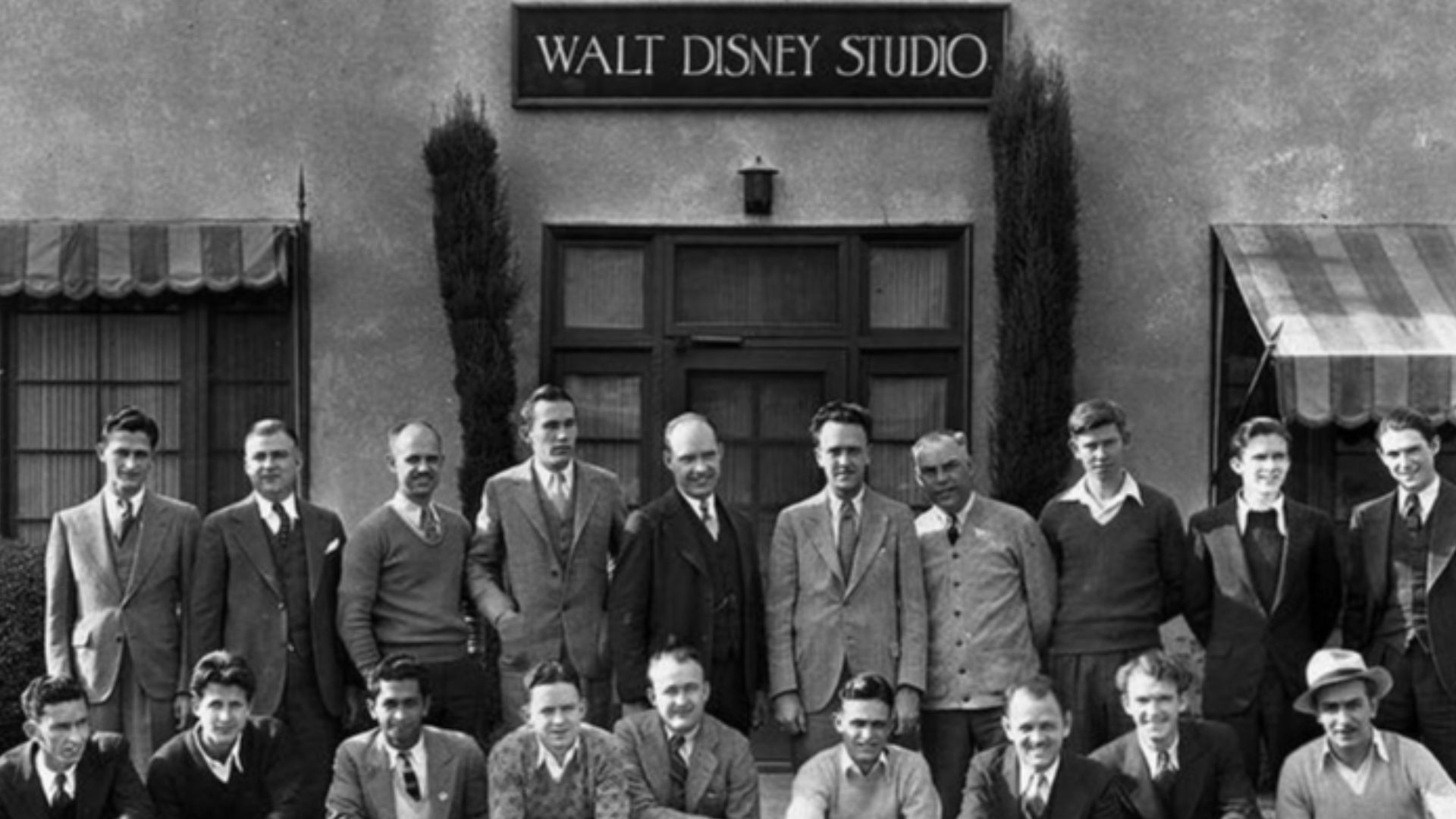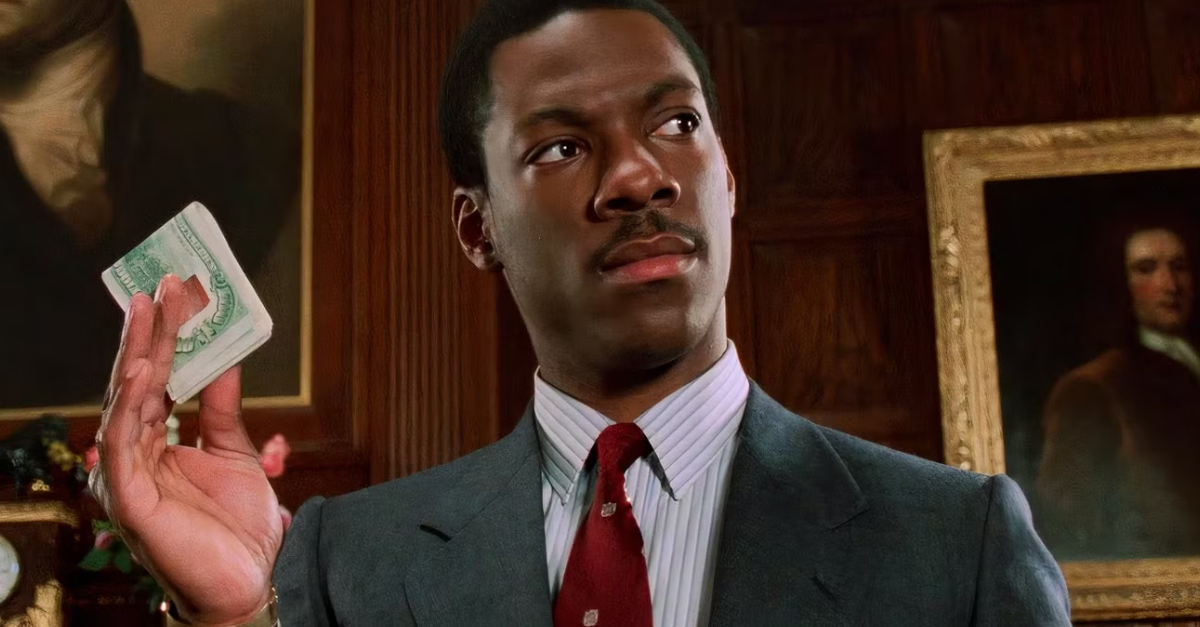Stumble Then Soar
Failure stings your pride and drains your bank account. But for Bill Gates, Steve Jobs, Walt Disney, and Thomas Edison, catastrophic failures became stepping stones to greatness. Success rarely travels a straight line.
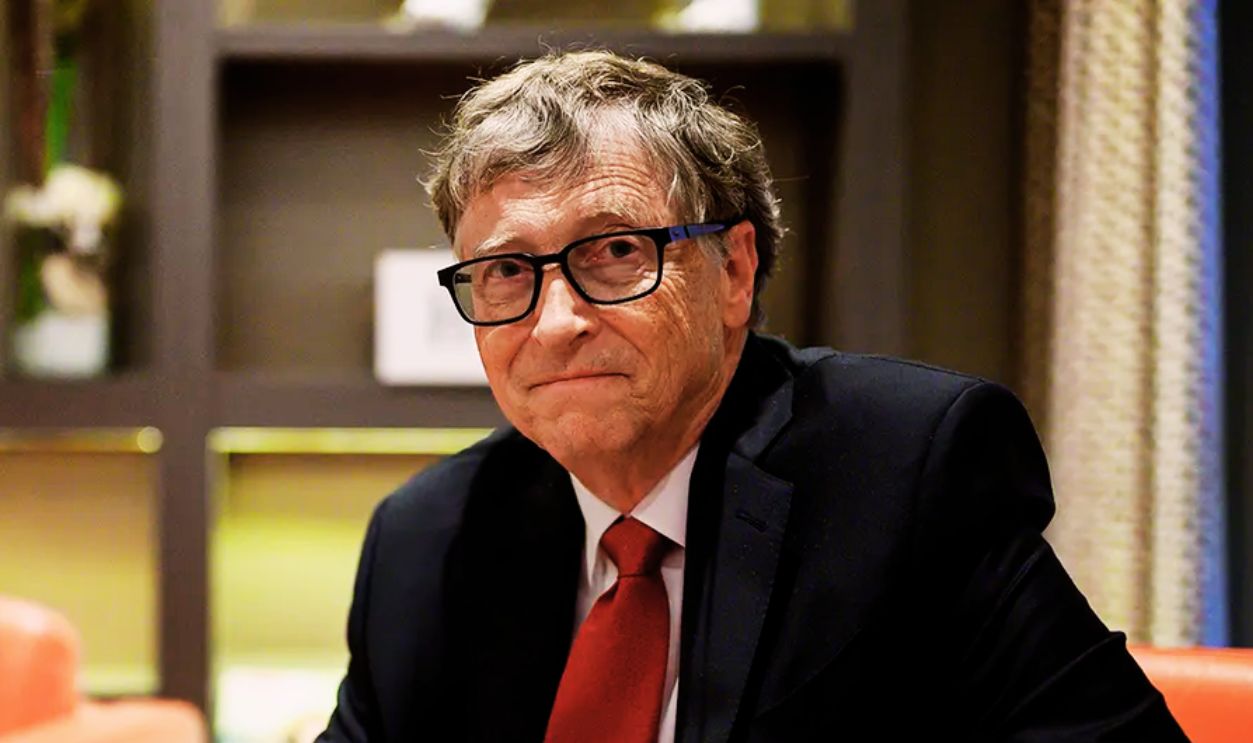
Bill Gates
In 1955, a visionary was born in Seattle, Washington. Though now worth over $100 billion, Gates faced numerous setbacks before success. His journey from coding enthusiast to Microsoft's co-founder demonstrates that innovation requires persistence. Gates wrote his first software program at age 13.
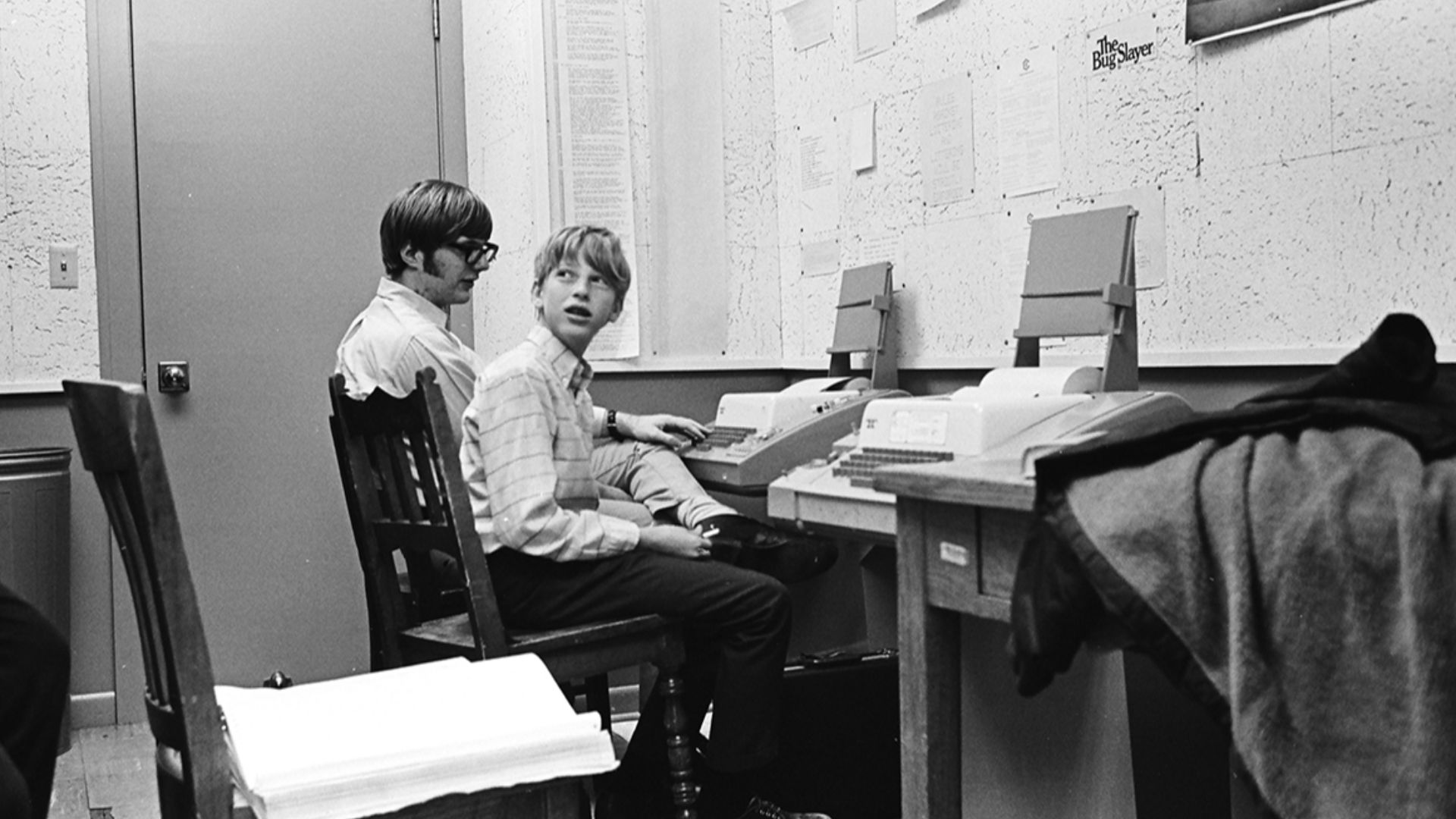 Bruce Burgess, Wikimedia Commons
Bruce Burgess, Wikimedia Commons
Early Struggles
Despite exceptional programming aptitude, Gates encountered significant challenges turning his skills into a viable business. What distinguished him was viewing obstacles as growth opportunities rather than roadblocks. His early projects, while modest, taught him important lessons about market needs and practical technology applications.
 United States Department of Justice, Wikimedia Commons
United States Department of Justice, Wikimedia Commons
Traf-O-Data
Microsoft wasn't his first venture. With Paul Allen, Gates launched Traf-O-Data in 1972, designed to process traffic data from road counters. The business lost approximately $3,494 between 1974 and 1980. This failure provided insights about microprocessors that became foundational for Microsoft.
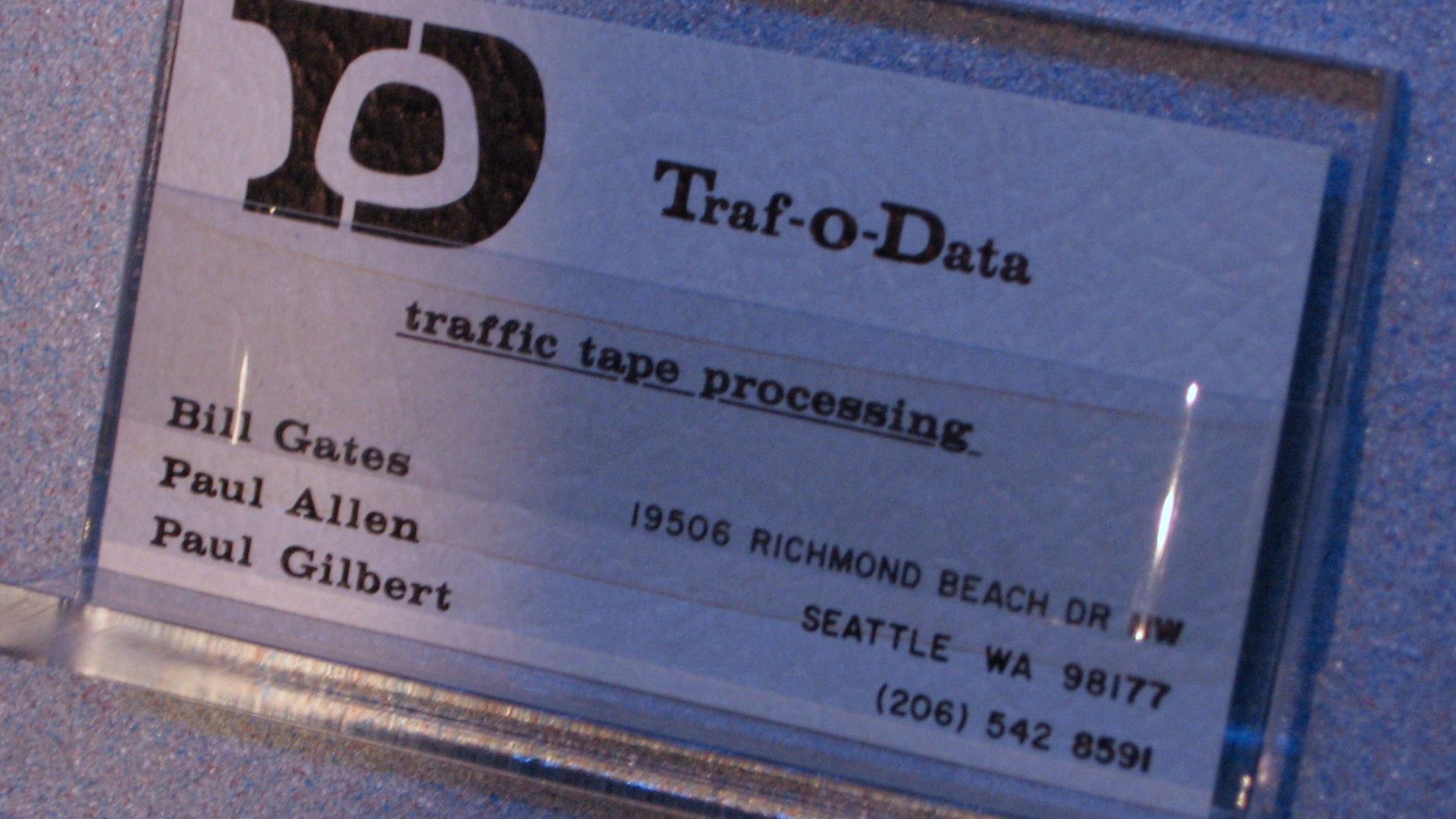 Marcin Wichary from San Francisco, U.S.A., Wikimedia Commons
Marcin Wichary from San Francisco, U.S.A., Wikimedia Commons
Harvard Dropout
This man made the controversial decision to leave Harvard in 1975 despite excelling academically. While attending this prestigious institution, he recognized an unprecedented opportunity in the emerging personal computer market. His parents were disappointed, having envisioned a law career for their son.
 The original uploader was Mancala at English Wikipedia., Wikimedia Commons
The original uploader was Mancala at English Wikipedia., Wikimedia Commons
Microsoft Birth
April 4, 1975, marks the day Gates officially co-founded Microsoft with Allen. Their first significant breakthrough came from developing BASIC software for the Altair 8800 microcomputer. What's remarkable is that Gates was only 20 years old. Ambitious goals and long work hours defined the company's early days.
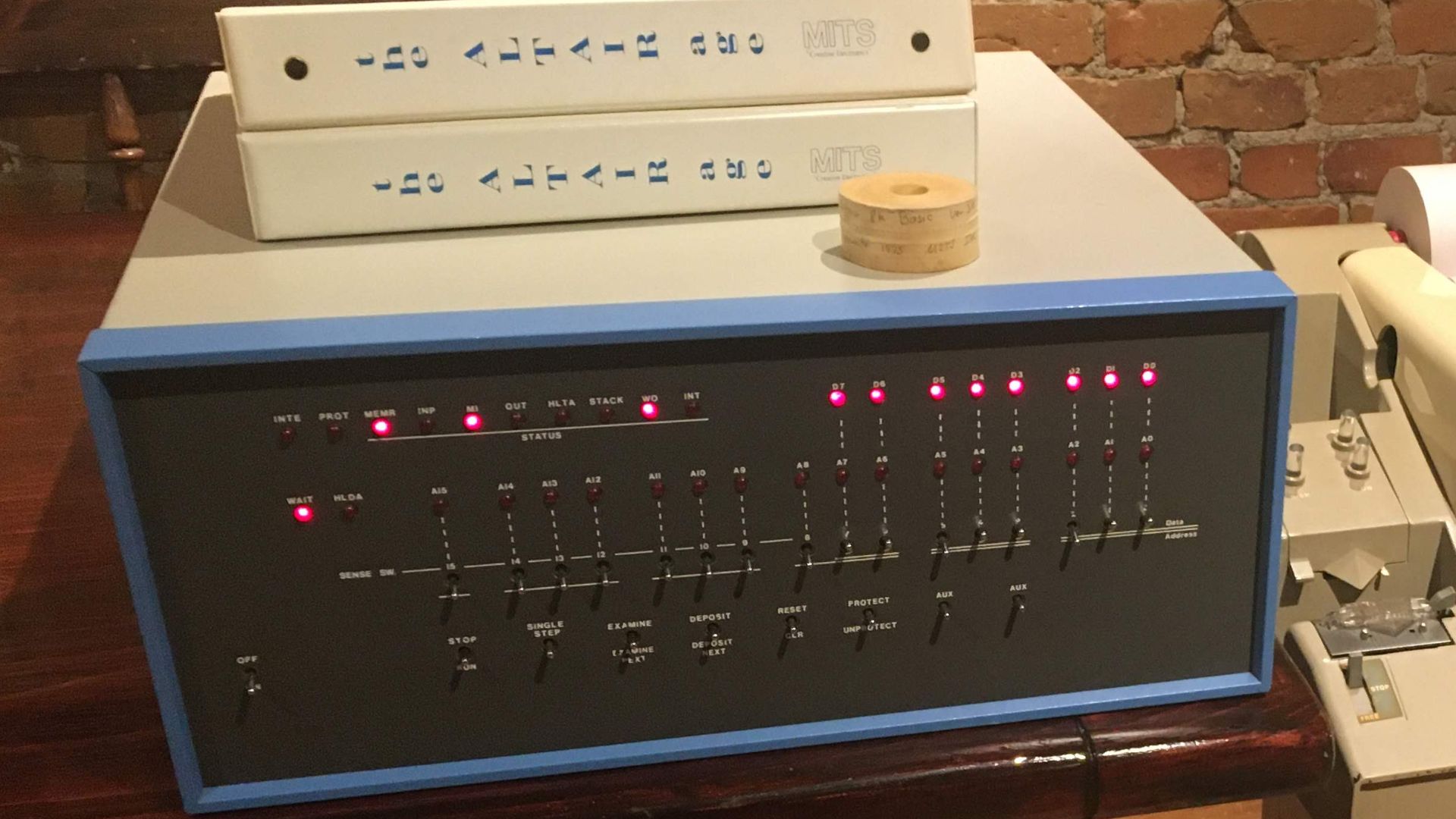 Tim Colegrove, Wikimedia Commons
Tim Colegrove, Wikimedia Commons
Learning Curve
The success of Microsoft wasn't guaranteed, though. Gates encountered numerous obstacles, including technical challenges, market uncertainties, and fierce competition. IBM's partnership in 1980 became a pivotal turning point. He demonstrated amazing adaptability by recognizing the potential in creating an operating system that could run on any computer.
 Ruben de Rijcke - http://dendmedia.com/vintage/, Wikimedia Commons
Ruben de Rijcke - http://dendmedia.com/vintage/, Wikimedia Commons
Steve Jobs
Born in 1955 to unwed parents and adopted at birth, Jobs stood with resilience from the beginning. His unconventional path included dropping out of Reed College after just six months. What made Jobs exceptional was his uncompromising vision for how technology should look and feel.
 Homestead High School, Wikimedia Commons
Homestead High School, Wikimedia Commons
Apple Lisa
Named after his daughter, the Apple Lisa computer represented ambitious innovation with its graphical user interface. Launched in 1983 at $9,995 (approximately $30,000 today), it was prohibitively expensive for most consumers. Technical problems and limited software compatibility compounded its commercial failure.
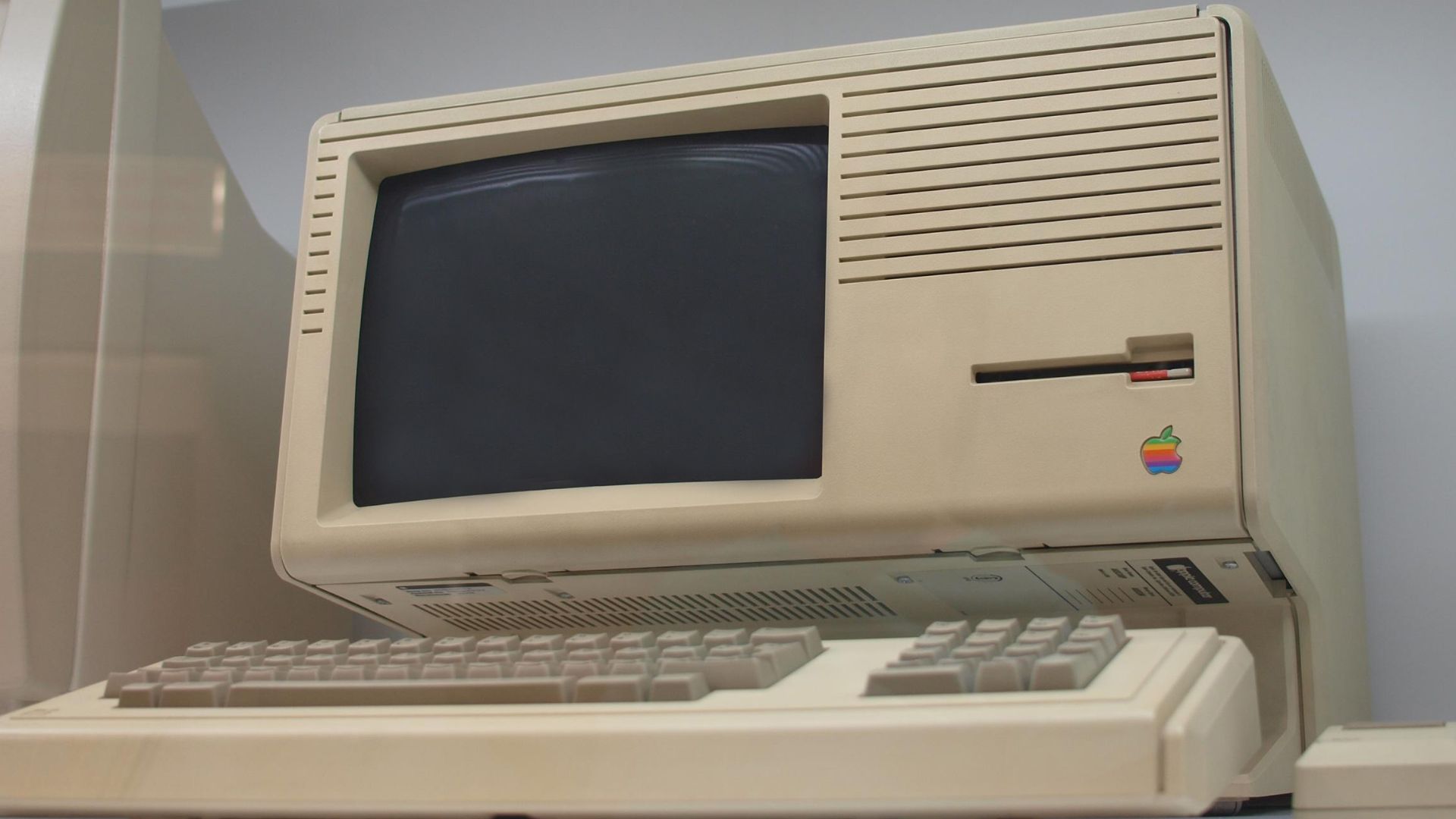 tomislav medak, Wikimedia Commons
tomislav medak, Wikimedia Commons
NeXT Failure
After being forced out of Apple in 1985, Jobs founded NeXT Computer with $7 million. The company produced workstations with advanced capabilities but struggled with high prices and limited software. By 1993, NeXT had abandoned hardware entirely to focus on software development.
Jobs Ousted
In one of corporate America's most dramatic falls, Jobs was removed from leadership at Apple in 1985 after conflicts with CEO John Sculley. The power struggle stemmed from fundamental disagreements about Apple's direction and Jobs' management style. This humiliating setback forced Jobs to reassess his approach to business.
Pixar Gamble
During his exile from Apple, Jobs made a risky investment in 1986, purchasing Lucasfilm's computer animation division for $10 million. Initially targeting hardware sales, Pixar struggled financially for years. Jobs nearly sold the company multiple times before pivoting to animation production.
Apple Return
Jobs' return to Apple in 1997 found the company 90 days from bankruptcy with a declining market share and a confused product lineup. As interim CEO (later permanent), he ruthlessly eliminated underperforming products and focused on innovative design. This turnaround story culminated in revolutionary products like iPod, iPhone, and iPad.
 Matthew Yohe, Wikimedia Commons
Matthew Yohe, Wikimedia Commons
Walt Disney
Born in Chicago in 1901, Disney developed a passion for drawing despite his father's disapproval. His childhood hardships shaped his relentless work ethic and optimistic outlook. Disney's creative journey began with newspaper cartoons in Kansas City. Few entrepreneurs faced as many bankruptcies and financial disasters as Disney.
 Unknown authorUnknown author, Wikimedia Commons
Unknown authorUnknown author, Wikimedia Commons
Failed Animation
The individual’s first studio, Laugh-O-Gram Films, opened in Kansas City in 1921 with ambitious plans to revolutionize animation. Despite technical innovations and creative promise, poor business management and distributor problems pushed the company into bankruptcy by 1923. Disney was so broke that he couldn't even pay rent.
 Iknowthegoods (talk) 07:05, 1 December 2010 (UTC), Wikimedia Commons
Iknowthegoods (talk) 07:05, 1 December 2010 (UTC), Wikimedia Commons
Laugh-O-Gram Bankruptcy
When his distribution partner went bankrupt, Disney's fledgling company was unable to survive. Creditors seized his equipment, and Disney had to sleep in his office. This crushing experience reshaped the man’s approach to business partnerships and financial control. But creative determination persisted.
Mickey Creation
Disney's early Hollywood success was jeopardized when he lost rights to his popular character, Oswald the Lucky Rabbit, in 1928. This contractual disaster could have ended his career. Instead, during a train journey from New York, Disney sketched a new character—a mouse named Mickey.
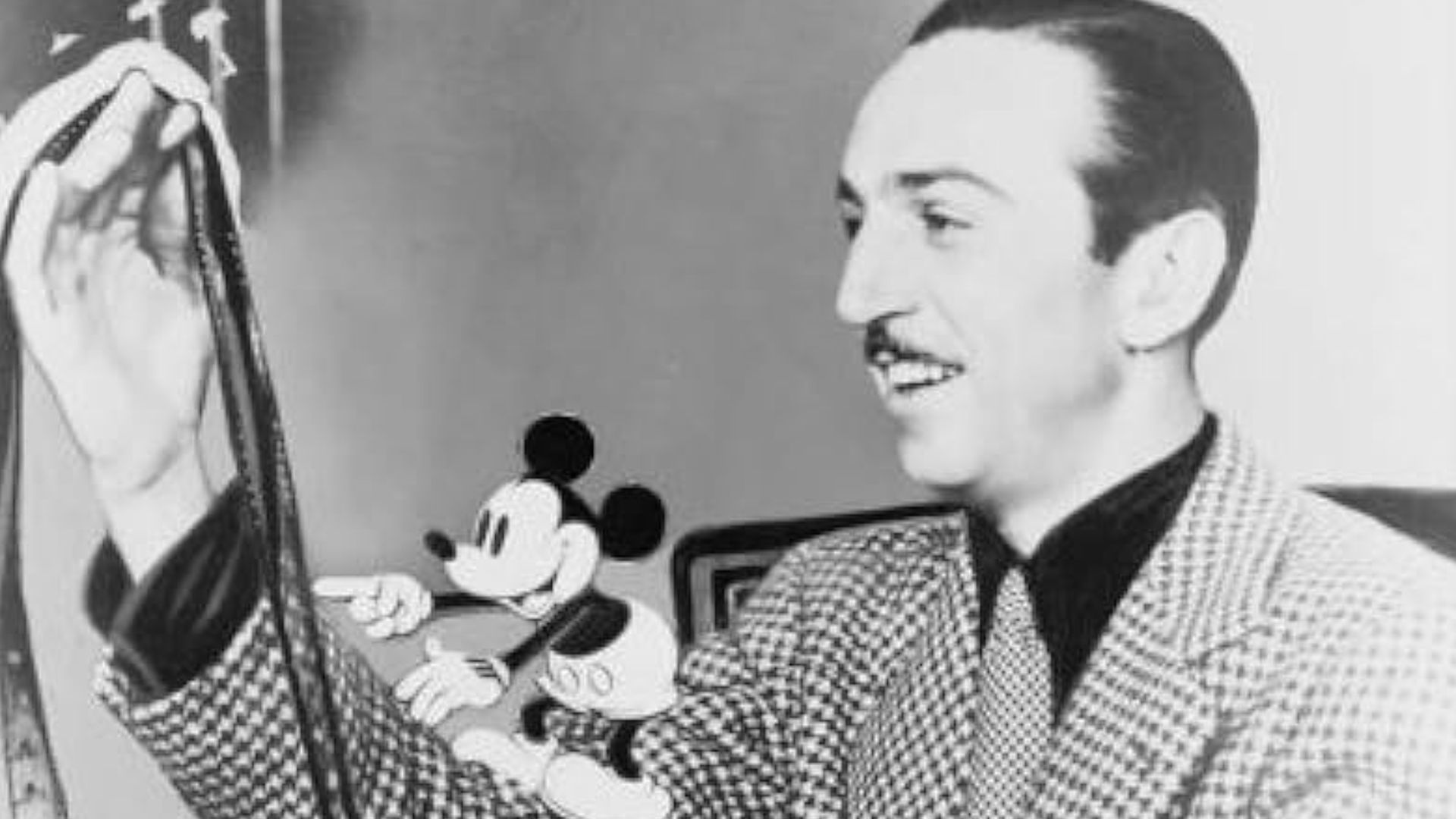 not listed. New York World-Telegram and the Sun Newspaper Photograph Collection, Wikimedia Commons
not listed. New York World-Telegram and the Sun Newspaper Photograph Collection, Wikimedia Commons
Disneyland Challenges
The 1955 opening of Disneyland was nicknamed "Black Sunday" due to numerous disasters. Counterfeit tickets created massive overcrowding, asphalt melted in the heat, trapping women's high heels, plumbing strikes eliminated drinking fountains, and gas leaks forced the closure of entire sections. Still, Disney refused to accept failure.
 Orange County Archives, Wikimedia Commons
Orange County Archives, Wikimedia Commons
Thomas Edison
Born in 1847 with limited formal education, Edison's early life offered few indications of his future as America's greatest inventor. His career began as a telegraph operator, where his curiosity about electrical systems developed. Edison's genius was commercialization, turning ideas into viable products and industries.
 Unknown authorUnknown author, Wikimedia Commons
Unknown authorUnknown author, Wikimedia Commons
Vote Recorder
Edison's first patented invention in 1869 was an automatic vote recorder designed to increase legislative efficiency. Despite functioning perfectly, the device was rejected by Congress because it worked too efficiently, eliminating the filibustering tactics that politicians relied upon.
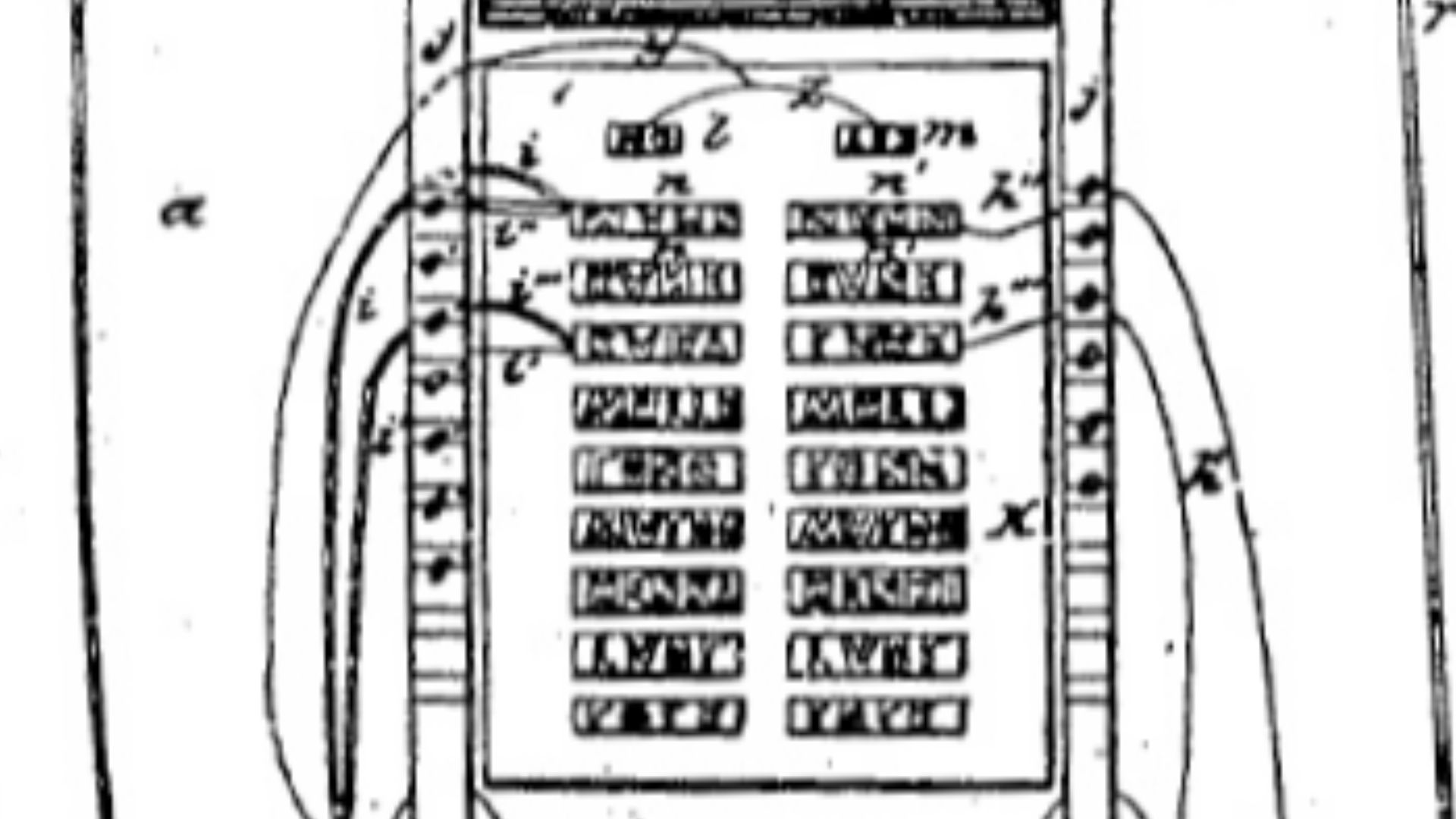 Unknown, but it's Thomas Edison's first patent., Wikimedia Commons
Unknown, but it's Thomas Edison's first patent., Wikimedia Commons
Valuable Lesson
After this, he concluded, saying, "Never waste time inventing things that people would not want to buy”. Such a valuable lesson shifted Edison's focus to market demand rather than technical elegance alone, establishing a principle that guided his subsequent four decades of successful innovation.
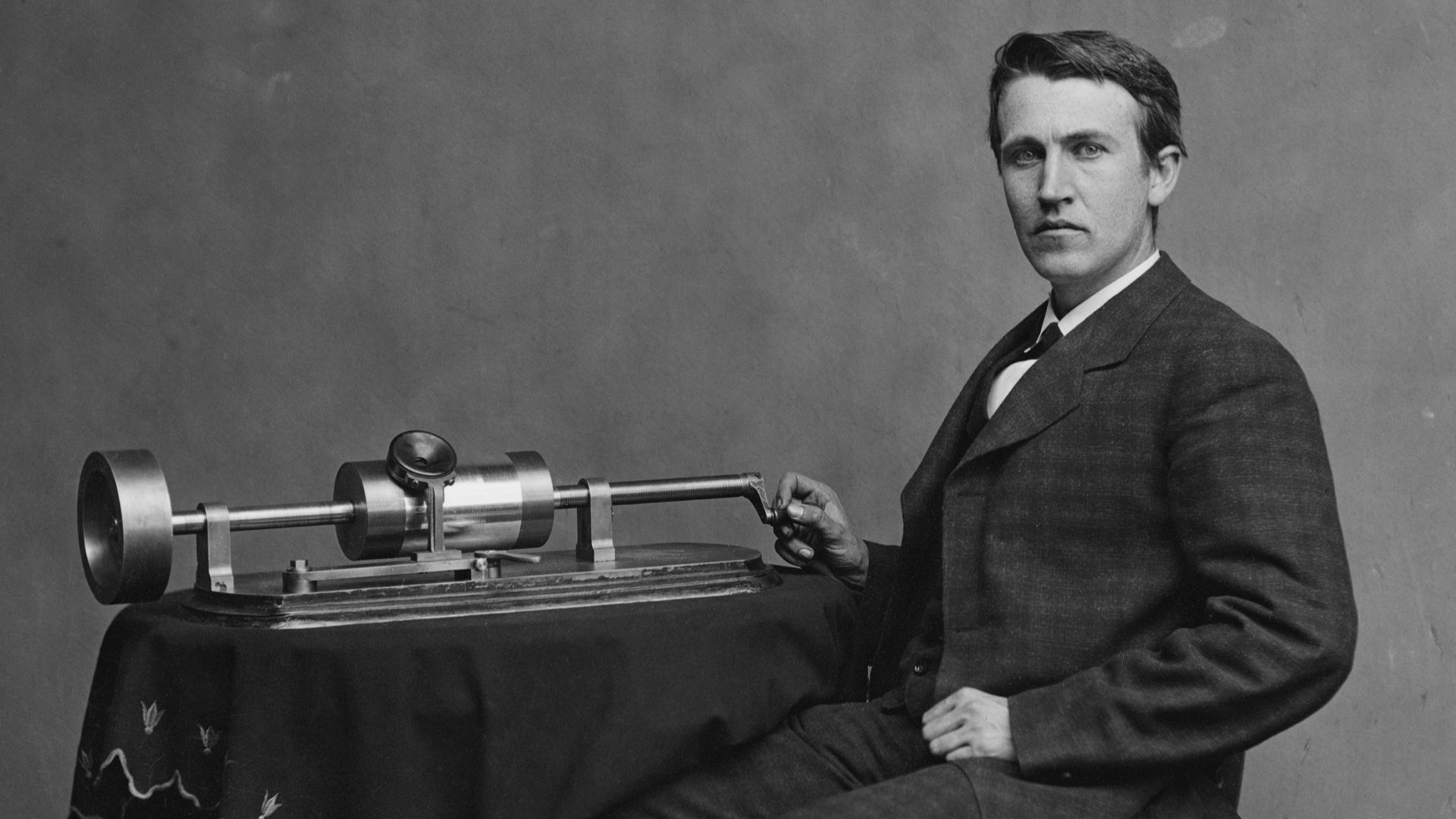 Levin C. Handy (per http://hdl.loc.gov/loc.pnp/cwpbh.04326), Wikimedia Commons
Levin C. Handy (per http://hdl.loc.gov/loc.pnp/cwpbh.04326), Wikimedia Commons
Light Bulb
Edison's most famous invention required extraordinary persistence through countless failures. While developing the incandescent light bulb, he systematically tested thousands of materials seeking a viable filament. After approximately 1,000 unsuccessful attempts, success finally came in 1879 using carbonized cotton.
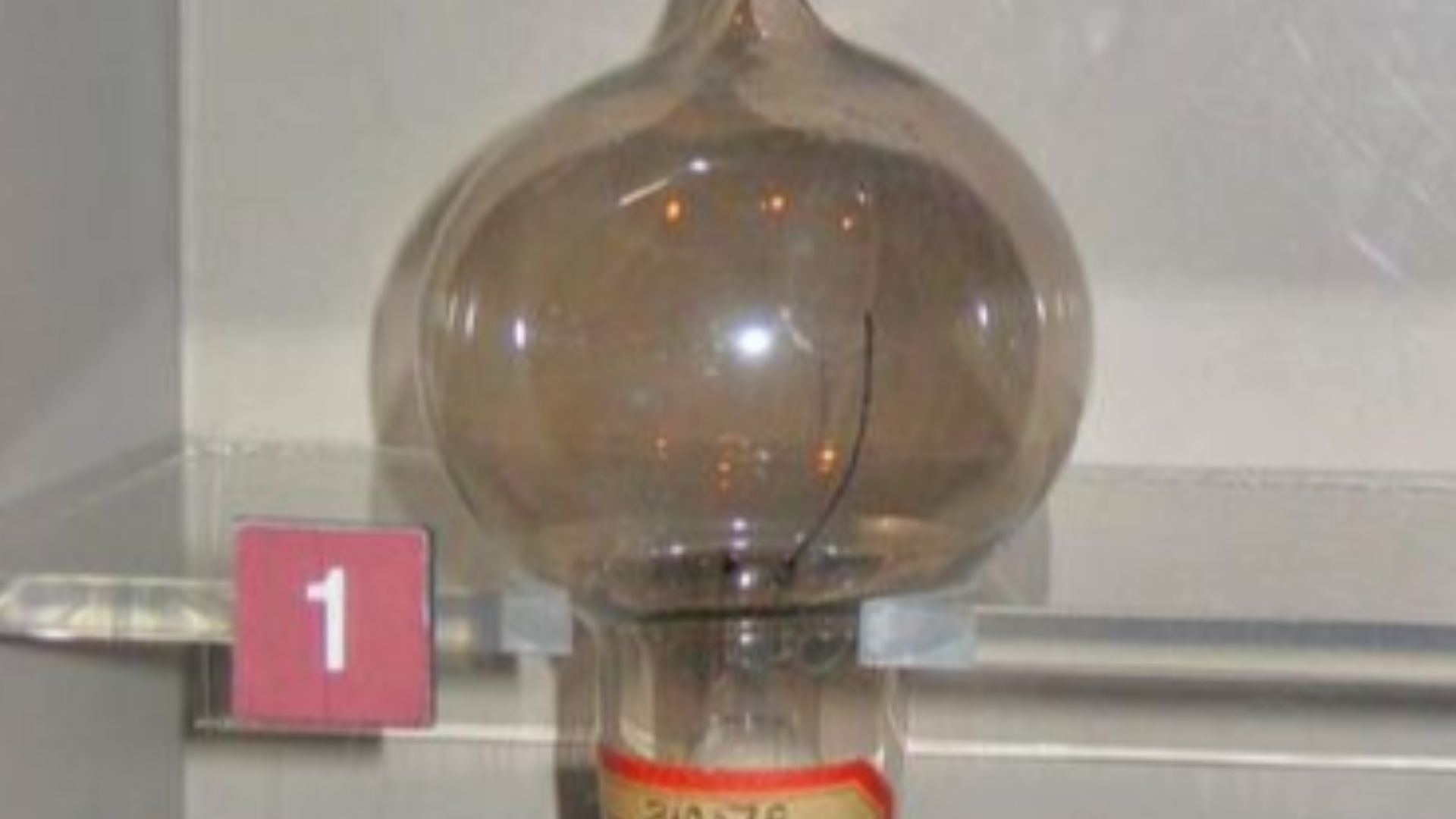 Uploaded at enwp by User:Alkivar, Wikimedia Commons
Uploaded at enwp by User:Alkivar, Wikimedia Commons
Mining Disaster
Edison's 1890 venture into iron ore mining represents one of his most spectacular business failures. Believing he could revolutionize the industry with magnetic separation technology, Edison invested millions in a processing plant in New Jersey. When the Mesabi iron range opened in Minnesota, offering cheaper ore, Edison's plant became economically unviable.
Cement Success
The failure of Edison's mining operation unexpectedly led to success in another industry. The crushing technology developed for separating iron ore proved perfect for producing cement. Edison applied these innovations to establish the Edison Portland Cement Company, which provided concrete for landmarks including Yankee Stadium.
 Unknown authorUnknown author, Wikimedia Commons
Unknown authorUnknown author, Wikimedia Commons
Success Principles
The stories of Gates, Jobs, Disney, and Edison reveal common principles for converting failure into success. All demonstrated notable persistence through devastating setbacks that would have ended most careers. They looked at failures not as endpoints, but as educational stepping stones.
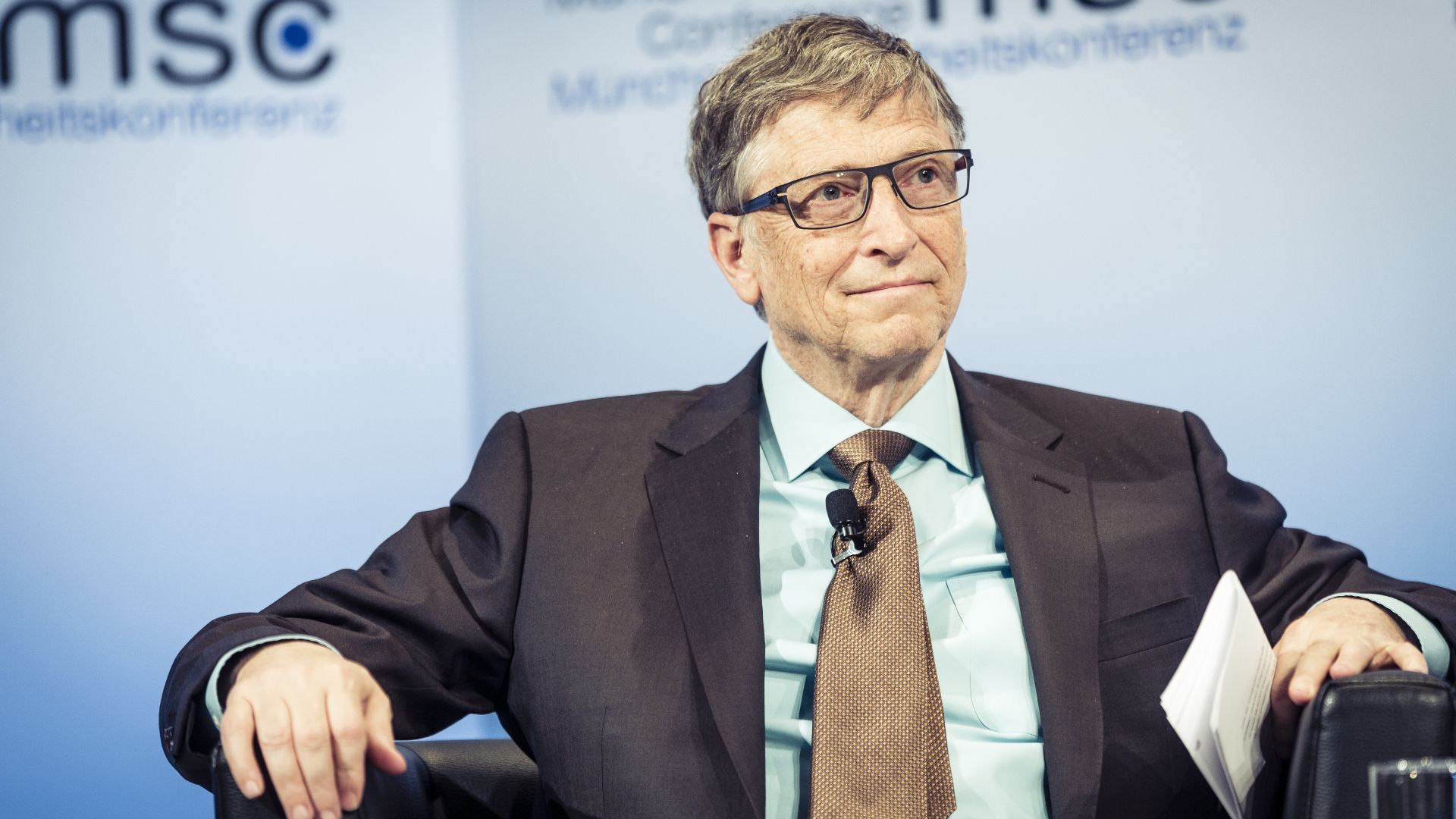 Kuhlmann /MSC, Wikimedia Commons
Kuhlmann /MSC, Wikimedia Commons

